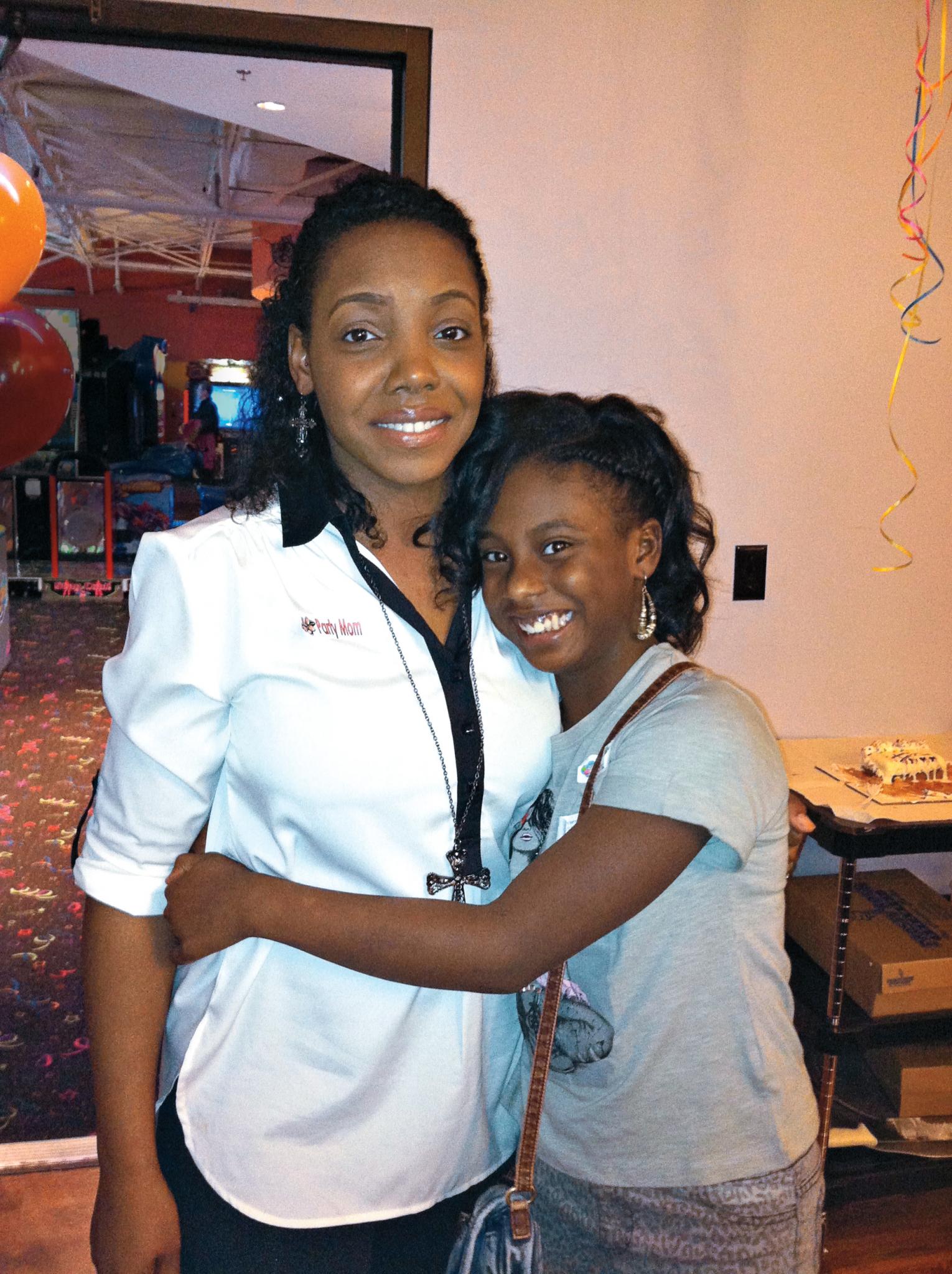
I was 27 years old when I was first diagnosed with lupus. It was 2010, and I was with friends enjoying a girls’ night out when my leg got so swollen I had to go to the emergency room. I’d actually been feeling a bit off for a few years—experiencing body aches, migraines, severe fatigue and red, swollen legs and ankles—but my doctors never seemed to know exactly what was wrong with me. They told me it was all in my head, and I was beginning to believe them. Back in 2008 I had been diagnosed with fibromyalgia, a disorder that causes joint aches and muscle tenderness, so I thought that was the cause of all my pain. But two years later, in the ER for my swollen leg, my blood tested positive for the rheumatoid factor and the antinuclear antibody test (ANA), which the ER doctor told me made him almost 100 percent certain I had lupus. I was a single mom with a young daughter. I was devastated. I knew a little about the disease. (For a full definition of lupus and its symptoms, see the sidebar on the next page.)
But since there was no family history of it, I never thought it could be an issue for me. By high school I had started developing a rash on my face and neck—it’s called the Butterfly Rash, a hallmark of lupus. My doctors back then were baffled. In my senior year, the rash went away. I know now that the disease had probably gone into remission. I started having symptoms again in 2007. After I was finally diagnosed, I found a physician who developed a maintenance plan and put me on the medications to help manage the condition.
I never knew how I was going to feel each day. Sometimes I’d wake up with no pain, no headaches, no foggy brain and no exhaustion. But then, by the afternoon, my hands would become inflamed or my back would hurt. It was a challenge. I couldn’t take my daughter, Sania, out to ride her bike or make snow angels—something parents take for granted. My parents and my sister helped, and I did what I could, but usually it was just the bare minimum. I became depressed.
Then, in 2010, God blessed me by allowing me to begin dating my future husband, Ronnie, who took care of me and loved me through the pain. There were days when he had to bathe me, wash my hair and help me get dressed. He didn’t care that my weight fluctuated—I could be a size 10 and then shoot up to an 18 because of the medication—or that the meds could make my hair fall out. Ronnie uplifted my spirit, and that gave me energy.
I got pregnant in early 2011, despite my doctor’s warning of possible complications from the high doses of medication I was on. At eight weeks I had a miscarriage. But that didn’t stop us. We wanted a baby and made up our minds that whatever happened, we’d be okay with it. I got pregnant again the following June and, in 2012, gave birth to Seth, a healthy baby boy.
Around this time I noticed that Sania, then about 8 years old, started getting what looked like the same rash I had when I was in high school. Then her hair started shedding and she broke out in what looked like scabs all over her arms and legs. Sania’s doctors said it was ring-worm but I knew better. I demanded that they test her for lupus, and her tests came back positive. She was scared at first. I sat her down and explained that I couldn’t guarantee anything, but because her lupus was caught at an early age, we could make sure it didn’t affect her like it had affected me. Now, two years later, she’s doing much better. There is a chance that my son could also have the lupus gene, so once he turns 5, I’m going to start having him tested.
I’m doing much better these days: I’m eating right and getting eight hours of sleep, which is very important when you have the disease. I’ve started walking and using exercise videos, and I’ve also become more involved in my church.
Every day I try to remain positive for Sania. I told her that even though she has the illness, her life doesn’t have to revolve around it. Life does not have to stop with lupus. I had to learn that myself. I might be in pain, but I can overcome it by looking at all my blessings. That keeps me pushing.
This article was originally published in the September issue of ESSENCE magazine, on newsstands now.